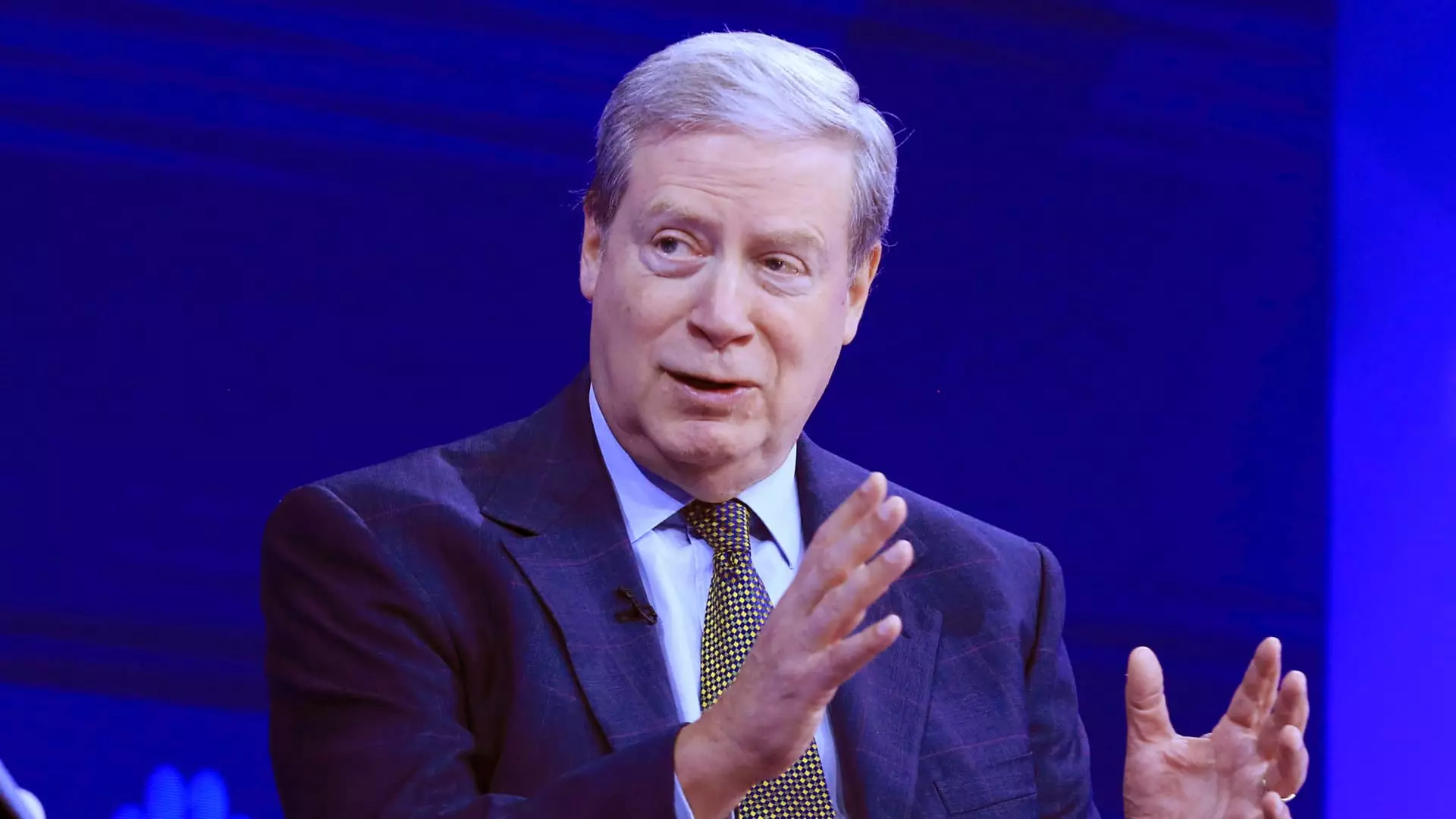Stanley Druckenmiller, a billionaire investor and founder of the Duquesne Family Office, has recently shared his views on the significant impact Donald Trump’s re-election has had on market sentiment and business confidence. With nearly five decades of experience in the investment world, Druckenmiller has observed a stark contrast in the business environment between the previous administration and the current one. He asserts that the transition from a predominantly anti-business stance to a more favorable one under Trump has resulted in a palpable surge in optimism among CEOs and corporate leaders. In his appearance on CNBC, Druckenmiller expressed that there is a sense of relief and exuberance that permeates the business landscape, leading him to believe that the so-called “animal spirits” of the market are being reignited.
While Druckenmiller is optimistic about the immediate economic prospects, he tempers this enthusiasm with caution regarding the stock market’s trajectory. In his analysis, he highlights the dual forces at play: a robust economy stimulated by Trump’s policies versus rising bond yields that could counterbalance this growth. His statement that the situation is “complicated” underscores the intricate dynamics of modern markets, where enthusiasm must be weighed against the realities of bond market fluctuations.
Druckenmiller’s view is particularly nuanced considering the implications of elevated bond yields. Rising yields typically indicate a stronger economy; however, they also pose risks for the stock market as higher borrowing costs can dampen corporate profitability. Thus, while he acknowledges the impending push from economic growth, he remains critically observant of how this might interplay with bond market developments.
In this environment, Druckenmiller has chosen to focus his investment strategies on specific sectors rather than adopting a broad market approach. He expresses particular interest in companies harnessing the transformative potential of artificial intelligence. These firms are seen as having the capability to significantly reduce operational costs and increase productivity, characteristics that are increasingly attractive to investors. However, he also indicates that he has exited positions in major AI players like Nvidia and Microsoft, choosing instead to explore less mainstream opportunities in the sector.
This pivot indicates a strategic assessment of market conditions and a readjustment of risk exposure. By concentrating on individual stocks that leverage AI technology, Druckenmiller signals his belief in the shifting landscape of industry dynamics and the necessity of finding unique opportunities amidst market volatility.
An interesting aspect of Druckenmiller’s commentary revolves around the potential economic implications of Trump’s proposed tariffs. He argues that while tariffs could be perceived as a risk factor that might inhibit the market rally and lead to inflation, they also offer a means for the government to address fiscal issues by generating revenue. He explains his perspective by framing tariffs as a form of consumption tax that foreign entities pay. This angle provides an alternative viewpoint on how tariffs could serve a dual purpose: protecting domestic industries while also alleviating some fiscal pressures.
However, he does acknowledge the risks of retaliation from trade partners, particularly if tariffs escalate significantly. His assertion that as long as tariffs remain in the lower range (10%), the positive aspects might outweigh the negatives, reflects a calculated stance that emphasizes measured risk-taking in fiscal policy.
Druckenmiller’s insights encapsulate a critical moment in the financial markets, characterized by shifting political landscapes and their impact on economic sentiment. His bullishness on the economy, tempered with caution regarding the broader stock market, highlights the complex interplay between dynamic markets and macroeconomic indicators. For investors looking to navigate the landscape ahead, Druckenmiller’s approach serves as a reminder of the importance of sector-specific analysis and prudent risk assessment. As the markets continue to react to political and economic developments, strategic foresight will be essential for capitalizing on opportunities while mitigating potential pitfalls.

